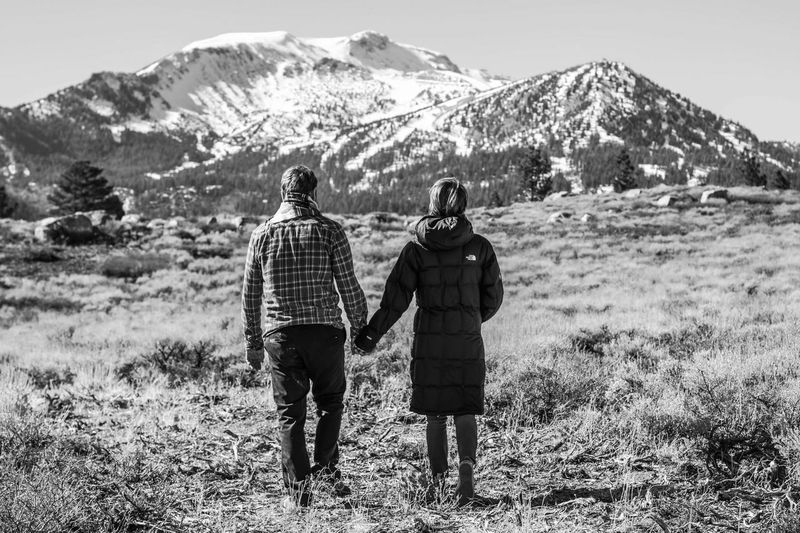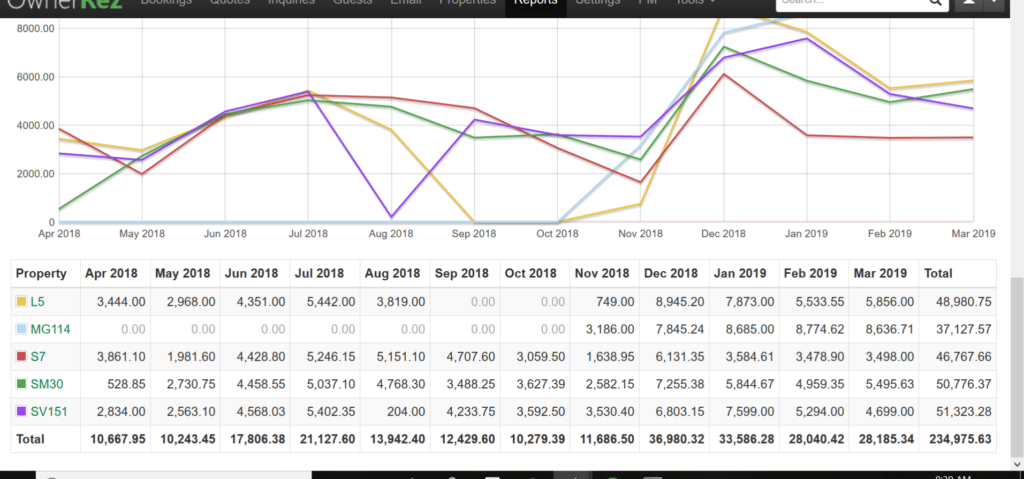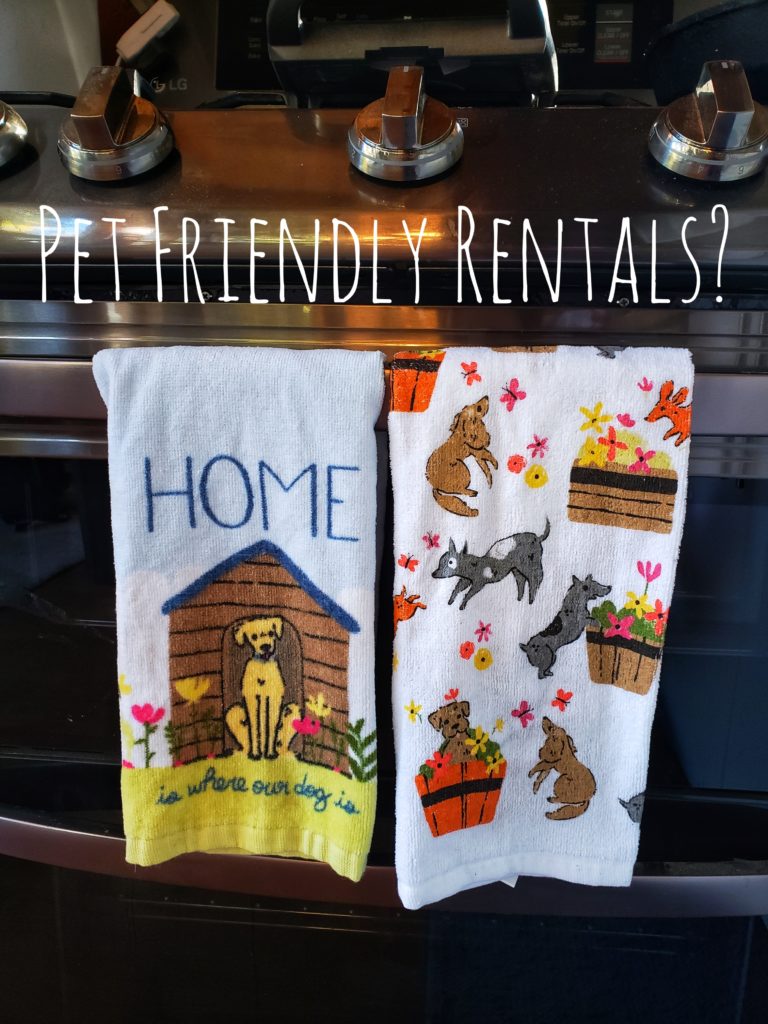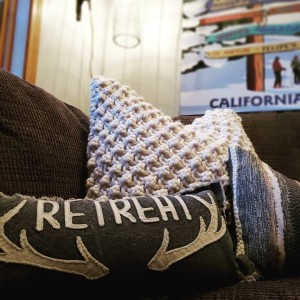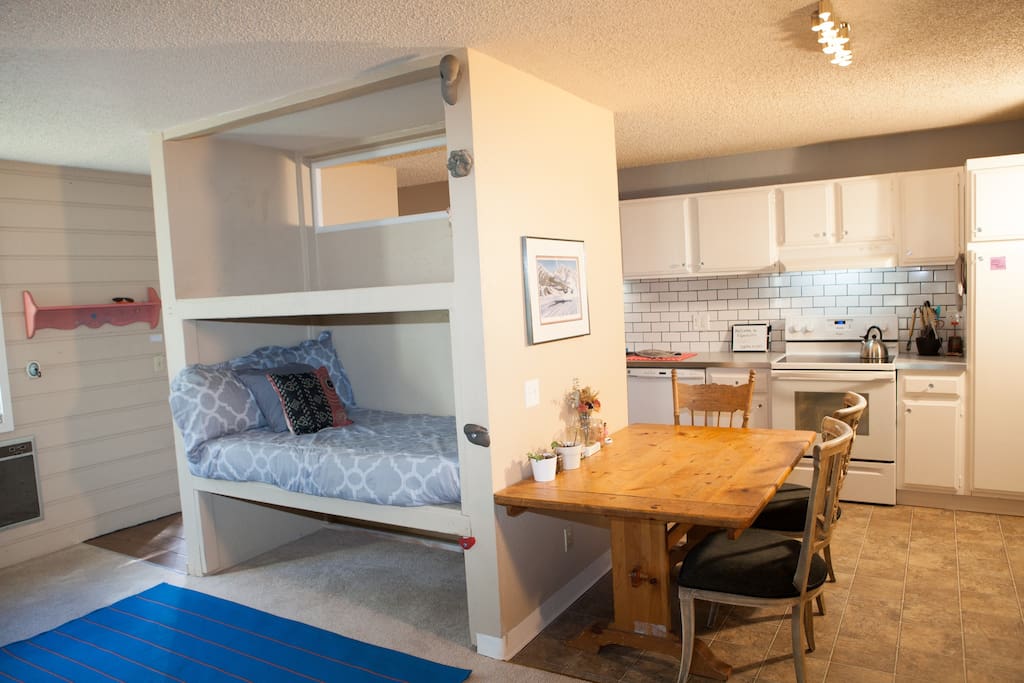2 Bedroom Occupancy and Income
I get messages all the time from people who are considering purchasing a vacation rental in Mammoth. The questions I inevitably get are “How much money can I expect to make” and “what are you occupancy rates”.
So, let’s break it down and get into some numbers!
I’ll start with our two bedroom units (included here are 1+loft units, which sleep the same number of people). We currently manage five of these units.
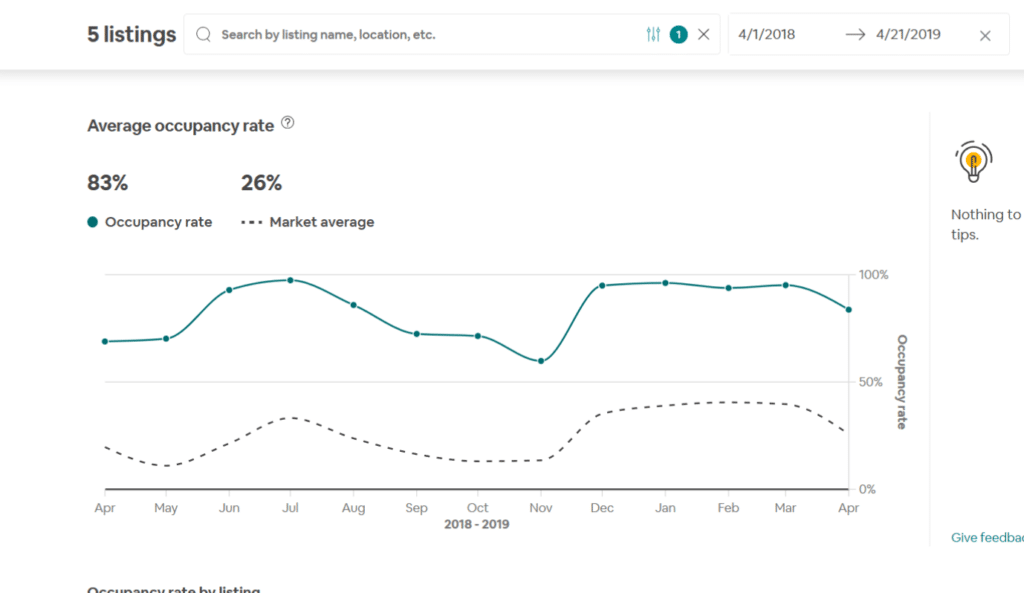 Here you can see our occupancy rates for these 5 units. As you can see, we keep our occupancy really close to 100% all winter long, as well as mid-summer. “Shoulder Season” here, late spring and late fall, are when our biggest occupancy dips are, with November in particular always being low occupancy. (November in Mammoth is too cold for summer activities, the fall colors are gone, but there’s usually not enough snow for the skiing to be any good. Even locals like to get out of town in early November!)
Here you can see our occupancy rates for these 5 units. As you can see, we keep our occupancy really close to 100% all winter long, as well as mid-summer. “Shoulder Season” here, late spring and late fall, are when our biggest occupancy dips are, with November in particular always being low occupancy. (November in Mammoth is too cold for summer activities, the fall colors are gone, but there’s usually not enough snow for the skiing to be any good. Even locals like to get out of town in early November!)
Make sure to take a look at the dotted line below, that shows the market average occupancy rates, which stay well below 50% for the entire year. This really proves to me that how you manage your unit makes a huge difference. We can discuss what we do to keep our occupancy higher in another post, or feel free to reach out to me directly.
The next graphic shows the income for the same five units through the past year. The biggest caveat here is that each of these units is individually owned, and the owners use their units personally at varying degrees and times of the year. All of the units except MG114 are in the center of town, MG114 is walking distance to Eagle Lodge and a bit higher end. We didn’t begin managing that unit until mid-November 2018. The L5 unit was getting remodeled during Sept, October, and November 2018. S7 has the most frequent owner usage. It’s very obvious when looking at the income for each unit during the same times of the year that how much you personally use the unit (and WHEN- weekends and holidays?) make a huge difference in your bottom line.
What do your occupancy and income rates look like? Or, if you’re considering purchasing here, what are your goals? Can we help you meet them?
